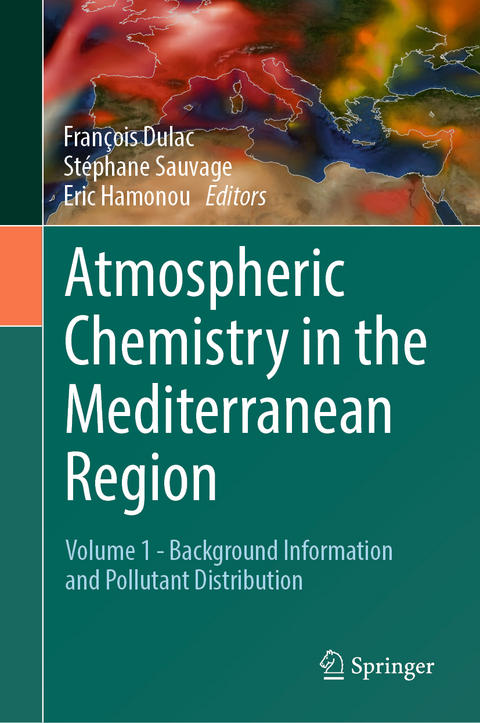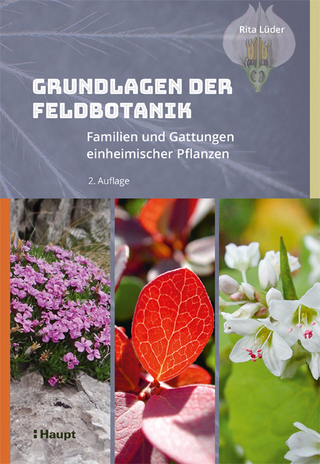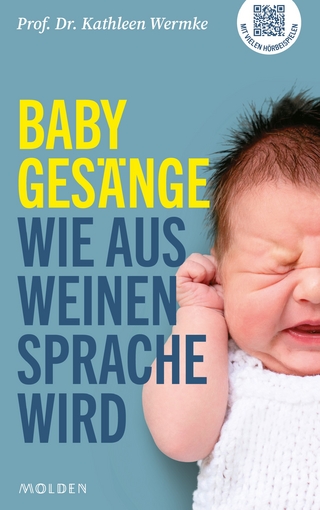
Atmospheric Chemistry in the Mediterranean Region
Springer International Publishing (Verlag)
978-3-031-12740-3 (ISBN)
This two-volume set provides an extensive review of the abundant past and recent literature on the atmospheric chemistry in the Mediterranean region. The books document the experience gained on the atmospheric composition over the Mediterranean basin and close areas after almost six decades of studies, starting from early studies of radioactive aerosol fallouts and intense desert dust events in the 1960s, aerosol samples collected during oceanographic cruises in the early 1980s and including discoveries from subsequent surface monitoring stations, intensive campaigns, satellite climatologies, laboratory studies, as well as chemistry-transport and climate models. Through ten thematic sections, the authors examine the sources and fates of atmospheric pollutants over the Mediterranean basin and what we know about their major impacts on air quality and health, on the radiative budget and climate, on marine chemistryand biogeochemistry. This overview not only considers the full cycle of both aerosol and reactive gases including emissions, transport, transformation, and sinks, but also addresses the main impacts of the regional atmospheric chemistry. The volumes are an initiative from the ending ChArMEx project that has federated many studies on those topics in the past decade, and update the scientific knowledge by integrating the ChArMEx and non-ChArMEx literature. The books are contributed by a large pool of well-known authors from the respective fields, mainly from France and Greece, but also from fourteen other countries. All chapters have been peer-reviewed by international scientific experts in the corresponding domains.
Volume 1 provides background information on the Mediterranean atmosphere, and focuses on the synoptic and dynamic conditions affecting pollutant concentrations over the Mediterranean basin,aerosol concentrations and variability, and reactive gas concentrations and variability. The targeted audience is the academic community working on atmospheric chemistry and its impacts on climate, air quality and marine biogeochemistry, especially teams having a special interest in the Mediterranean region, which includes many countries and institutes worldwide.
Dr. Francois Dulac is a senior research scientist in atmospheric chemistry from the French Commissariat a l'Energie Atomique (CEA). He is working at the Laboratoire des Sciences du Climat et de l'Environnement (LSCE) that is also part of CNRS, Univ. of Versailles-St-Quentin and Univ. of Paris-Saclay, and member of the Institut Pierre Simon Laplace des Sciences de l'Environnement d'Ile de France (IPSL). He co-signs 76 papers published in high-level peer reviewed international journals including 2 in Nature, and has an Isi Web of Knowledge H-Index of 33. His main field of research is tropospheric aerosols, especially mineral dust, and their impacts on the surface ocean biogeochemistry, radiative budget, and air quality. Since his PhD in atmospheric chemistry and environmental physics (Univ. Paris-7, 1986) focused on Mediterranean aerosols, he has developed synergetic approaches based on multi parameter data, combining in situ observations, remote sensing and model approaches. Dr. Stephane Sauvage is Associate Professor at the Atmospheric Sciences and Environmental Engineering research unit of IMT Lille Douai. IMT Lille Douai is part of the Institute Mines-Telecom (IMT), the largest national higher education engineering consortium in France : IMT sign up nearly 14,000 engineering students annually (5-year program), MSc-level, engineering degree programmes in addition to 1,650 PhD students (3-year doctoral programmes) under the supervision of a permanent, full-time, internationally recognised academic and research staff. His work encompasses a long experience in developing and implementing methods for reactive trace gas measurements. His research activities mainly focus on air quality and atmospheric reactivity of gaseous compounds in order to better understand the impacts of human activities on the atmospheric composition in a context of climate change.
Chapter 1. Introduction.- Chapter 2. The scientific importance of atmospheric reactive gases and aerosols and the particular case of the Mediterranean region.- Chapter 3. The climate of the Mediterranean region and future projections in relation to air quality issues.- Chapter 4. The Mediterranean atmosphere under anthropogenic pressures.- Chapter 5. General atmospheric conditions and macro-scale processes.- Chapter 6. Synoptic scale circulation and mesoscale processes.- Chapter 7. Long range and vertical transport, troposphere-stratosphere exchange.- Chapter 8. Overview of Mediterranean aerosol studies.- Chapter 9. Chemical composition and levels of concentrations of aerosols in the Mediterranean.- Chapter 10. Diurnal to seasonal variability of aerosols above the Mediterranean.- Chapter 11. Inter-annual variability and long-term trends of aerosols above the Mediterranean.- Chapter 12. Anthropogenic and natural radionuclides in the Mediterranean.- Chapter 13. Ozone in the Mediterraneanatmosphere.- Chapter 14. Inorganic aerosol precursors in the Mediterranean atmosphere.- Chapter 15. Temporal and spatial variabilities of volatile organic compounds in the Mediterranean atmosphere.- Chapter 16. Summary of recent progress and recommendations for future research.
| Erscheinungsdatum | 25.07.2023 |
|---|---|
| Zusatzinfo | LIV, 583 p. 121 illus., 88 illus. in color. |
| Verlagsort | Cham |
| Sprache | englisch |
| Maße | 155 x 235 mm |
| Gewicht | 1115 g |
| Themenwelt | Sachbuch/Ratgeber ► Natur / Technik ► Natur / Ökologie |
| Naturwissenschaften ► Biologie ► Ökologie / Naturschutz | |
| Naturwissenschaften ► Chemie ► Technische Chemie | |
| Naturwissenschaften ► Geowissenschaften ► Geologie | |
| Schlagworte | Aerosol studies • air quality • atmospheric chemistry • Atmospheric Pollutants • atmospheric sciences • ChArMEx • Mediterranean basin |
| ISBN-10 | 3-031-12740-4 / 3031127404 |
| ISBN-13 | 978-3-031-12740-3 / 9783031127403 |
| Zustand | Neuware |
| Informationen gemäß Produktsicherheitsverordnung (GPSR) | |
| Haben Sie eine Frage zum Produkt? |
aus dem Bereich


